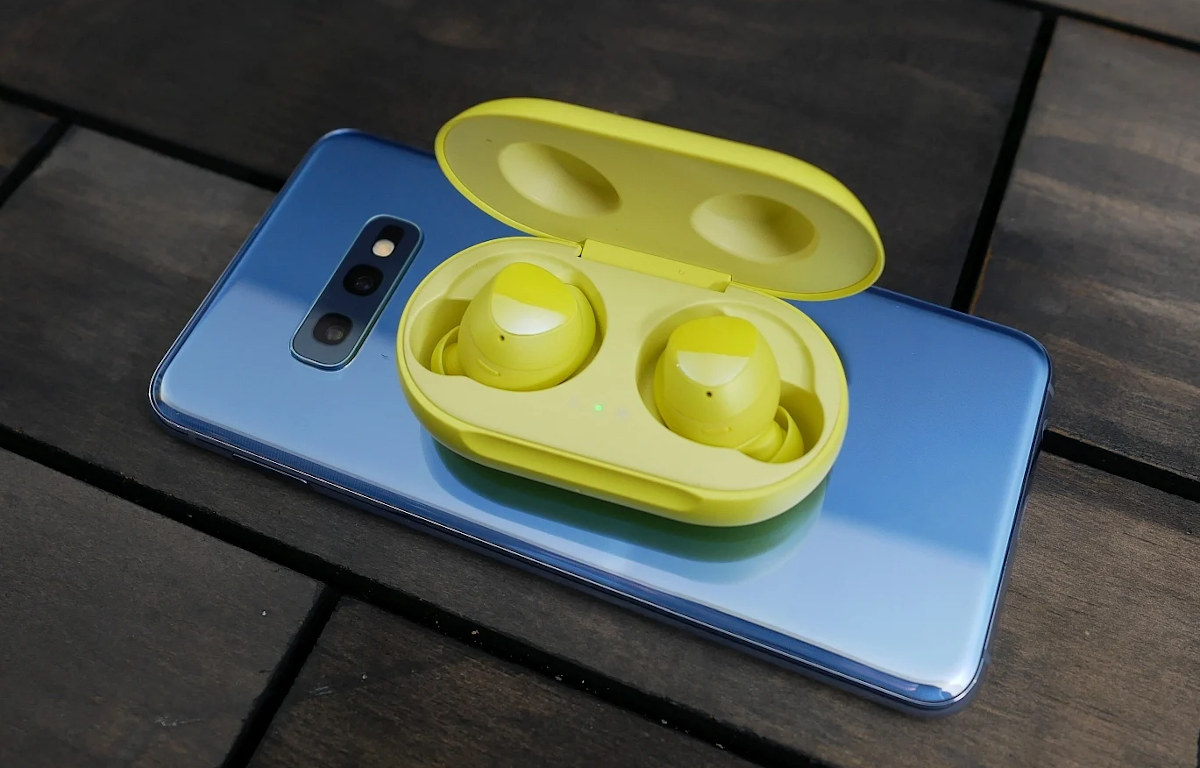NFC is better known for contactless payment and transferring contacts, but one interesting feature is the ability to provide power as we’ve recently seen with batteryless NFC powered E-paper displays.
The current NFC implementations can only provide a limited amount of power, but the NFC Forum has recently approved the Wireless Charging Specification that enables wireless charging of small, battery-powered consumer and IoT devices with a smartphone or other NFC charging device at a power transfer rate of up to one watt.

One watt is not as much as other similar technologies, but NFC wireless charging (NFC WLC) should be quite more cost-effective since device-specific wireless chargers are not needed. Just take a phone or charger with NFC WLC and all compliant devices could be charged that way.
The specification is free to download for NFC Forum members but must be purchased by others. There’s still short abstract available:
Wireless Charging allows for wireless charging of small battery-powered devices like those found in many IoT devices, This approach can help avoid the need for a separate wireless charging unit for small devices if the device includes an NFC communication interface. For example, a Bluetooth headset which includes NFC technology for pairing could also use the NFC interface for wireless charging. In this case, the NFC antenna is used to exchange the pairing information and to transfer power.
This NFC specification uses the 13.56 MHz base frequency and leverages the NFC communication link to control the power transfer. NFC technology is unique in that it allows the transfer of power to an NFC tag to enable communication by providing a constant carrier signal. The WLC specification extends this communication functionality of NFC technology to enable wireless charging. The WLC specification ensures a safe charging process between two NFC-enabled devices in either static or negotiated modes. Static mode uses standard radio frequency (RF) field strength and provides a consistent power level. Negotiated mode uses a higher RF field supporting four power transfer classes of 250, 500, 750 and 1000 milliwatts.
It’s unclear when the first NFC WLC compliant devices will become available, but the solution should soon be found in low-power devices such as smartwatches, fitness trackers, wireless earbuds, digital pens, and other consumer devices.

Jean-Luc started CNX Software in 2010 as a part-time endeavor, before quitting his job as a software engineering manager, and starting to write daily news, and reviews full time later in 2011.
Support CNX Software! Donate via cryptocurrencies, become a Patron on Patreon, or purchase goods on Amazon or Aliexpress




